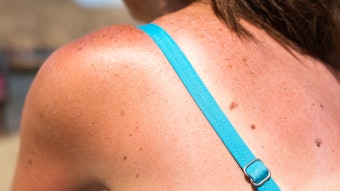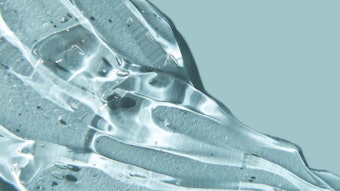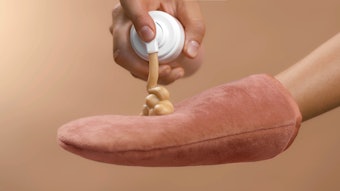
While healthy skin is certainly a beauty benchmark, the skin itself performs so many essential tasks for our bodies to keep us healthy. This protective armor shields against bacterial infections, prevents moisture loss, regulates body temperature, produces vitamin D and reduces harmful ultraviolet (UV) damage. Though a huge asset to our body, our skin is also vulnerable to a wide range of environmental elements that cause damage including UV and infrared radiation, pollution and high-energy visible light (i.e. blue light). All of these contribute to free-radical damage or reactive oxygen species (ROS), causing DNA damage and photoaging.
Enter sunscreen. This superhero skin care product is celebrated for its ability to prevent trauma to the skin, which shows up as: sunburn, premature aging, fine lines, wrinkles, age spots, hyperpigmentation, rosacea, acne flares and photo carcinogenesis (pre-cancerous mutations). But, when it comes to sunscreen there has always been the question of which is best: chemical or physical formulations. Let’s dive a little deeper into where the differences lie.
Related: 7 Sun Protection Myths Exposed
Skin Damage
Some of the major external factors that cause skin damage include:
- Ultraviolet radiation. This is caused by exposure to UVA and UVB rays (aging and burning rays). Long-term exposure releases matrix metalloproteinases, notorious enzymes that collectively degrade collagen and elastic fibers causing DNA damage by depleting the extracellular matrix (ECM). This inadvertently causes loss of structure revealed in the form of fine lines and wrinkles, sagging skin due to loss of elasticity, loss of plumpness, rough skin texture and age spots.
- Infrared radiation. This comes from the sun’s heat, as well as tanning beds, and it causes inflammation like an increase in melanocyte activity that contributes to hyperpigmentation and sunspots. Infrared radiation can also accelerate and worsen skin conditions like melasma, chloasma, rosacea and acne.
- Environmental pollution. Exposure to air pollution or airborne particles such as smog and smoke increases the generation of reactive oxygen species, causing inflammation that shows up as erythema (redness), irritation or dehydration, making the skin sensitive or sensitized.
- High-energy visible (HEV) light spectrum. Excessive and long-term exposure to blue light, which is emitted from familiar electrical devices like TV screens, computer screens, smart phones and tablets, produces damaging free radicals such as nitric oxide. These free radicals disrupt the skin’s microbiome causing inflammation and imbalance, which can be corrected by topical antioxidants, anti-inflammatories and prebiotics to restore skin homeostasis.
Sam Dhatt is a world-renowned chemist, as well as the founder, CEO and lead chemist of DermaQuest. He has been at the vanguard of skin chemistry for decades. Dhatt graduated with an MS in Chemistry from GND University in Amritsar, India and an MBA in Marketing and Finance from Poona University in India.











